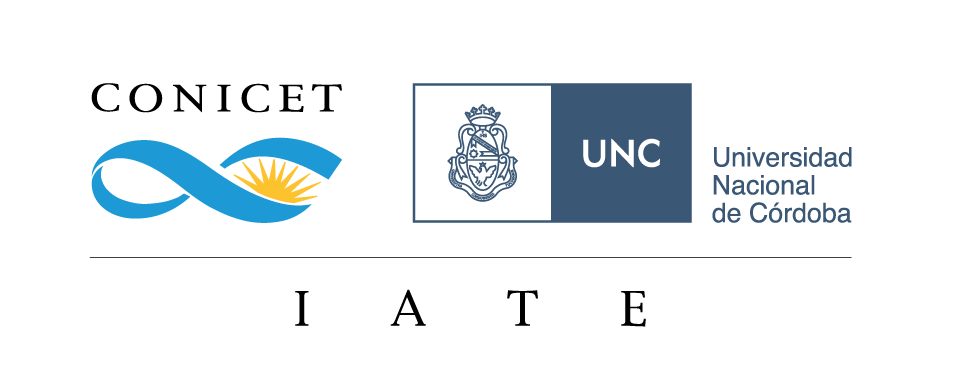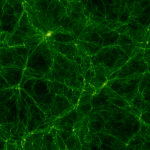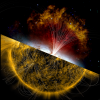
Expositor: Dr. Martín Mestre (Instituto de Astrofísica de La Plata – Facultad de Ciencias Astronómicas y Geofísicas de La Plata)
Date: viernes 10 de junio, 14 hs
Abstract: Stellar streams are a consequence of the tidal forces produced by a host galaxy on its satellites (i.e. globular clusters and dwarf spheroidals). As the self-gravity of stellar streams is almost negligible, they constitute excellent probes of the gravitational potential of the host galaxy. For this reason, some Milky Way stellar streams have been used to put constraints on the dark matter (DM) total mass and shape, under empirical DM distributions (i.e. NFW, logarithmic, etc). In particular, Malhan et Ibata (2019) have fitted the GD-1 orbit embedded in an axisymmetric NFW potential plus baryons, obtaining that the density flattening of the dark halo is slightly oblate. In this work we show that it is possible to model the GD-1 stellar stream using a spherical dark matter distribution previously deduced from first principles by means of the maximization of the coarse-grained entropy for self-gravitating fermions. For that purpose we used a genetic algorithm in order to fit both the stream orbit’s initial conditions and the fermionic halo. We modelled the baryonic potential with a bulge and two disks (thin and thick) with fixed parameters according to the recent literature. The stream observable is 6D phase-space data from Ibata et al. (2020), including the Gaia DR2 survey. Besides, our fitted halo model is, by construction, in agreement with the orbits of the S-stars at Sagittarius A*, thus mimicking the paradigmatic supermassive black hole gravitational effect.
Seminar link: https://meet.google.com/dww-axto-tdf








